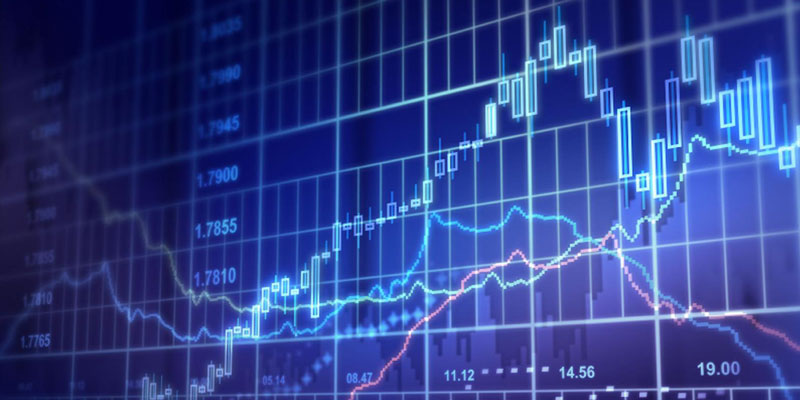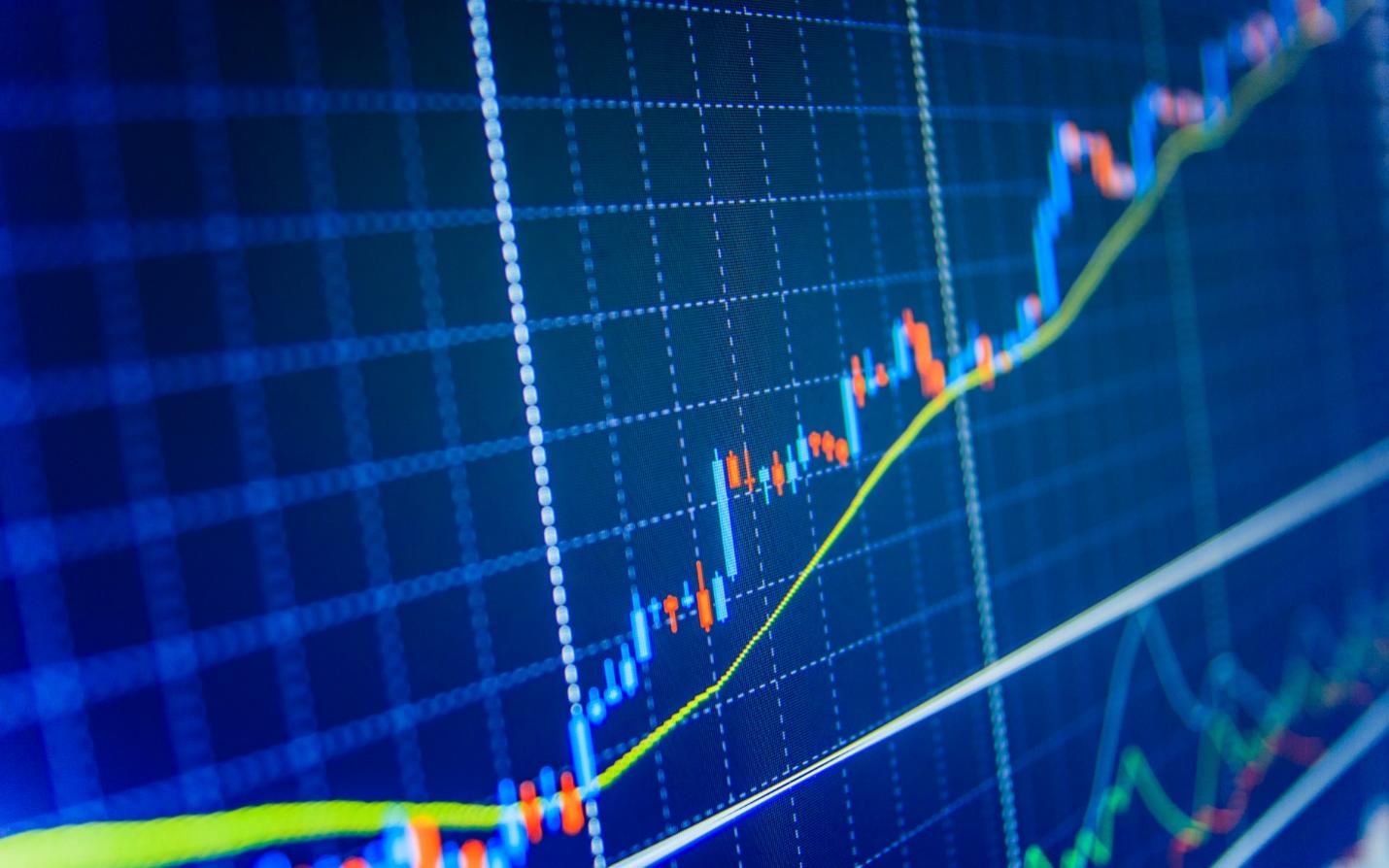
For example, a rising wedge is often observed in bear markets, a sign of a reversal pattern. A chart pattern is formed when the price rises, pivot highs, and lows converge toward a single point known as the apex. The bear market may continue if a decline in trading volume accompanies it. To explain the rising wedge pattern, we'll look at an example from the past. It's important to note that even though this is an old example, the mechanics of seeing and trading this pattern are still relevant today.
What Is Rising Wedge?

Two converging trend lines connect the most recent lower and higher highs, while a third line connects the most recent lows, forming a bearish chart pattern known as a rising wedge. The final form resembles a triangle with an upward angle. A falling wedge is the reverse of a rising wedge.
For example, a rising wedge pattern might be seen as bearish since the lower support trend line is steeper than the upper trend line. The only variations between the falling and rising wedges are the triangle angle and the pattern's projected outcome.
As the rising wedge pattern proceeds, trade volume diminishes, indicating a breakout into a downtrend; the rising wedge pattern is considered bearish. Even though the wedge is capturing the rising price action, the declines in trading volume might indicate that sellers are preparing for a bearish breakout.
If you're looking for a more bearish trend indicator, the falling wedge (descending) pattern is what you're looking for. However, it is noteworthy that a rising wedge can occur in a downtrend and an upswing as a reversal pattern.
What Does It Look Like When Wedges Are Rising?
Two converging trend lines create the rising wedge pattern's distinctive shape. Rising wedge patterns provide a succession of rising and falling points. The resistance trend line must cover the pattern's extreme high points. The resistance line must have at least two higher highs before it may be drawn.
A support trend line may be drawn by tracing the higher lows. You'll need at least two swing low points to create the support trend line. It's possible to notice a triangle form after drawing the resistance and support trend lines. The triangle's apex must face upwards for the rising wedge design to work. The resistance trend line must thus be inclined upward to confirm the existence of a rising wedge shape.
Causes and Precautions for the Rising Wedge

Cryptocurrency traders might take advantage of the rising wedge pattern because of its frequency after extended trends. If a crypto trend has advanced too quickly, the wedge pattern may be an early indicator of a trend reversal. There is an imbalance between buyers and sellers that results in solid trends. Buyers and sellers are doing business at every price point.
Price rises will continue if no more buyers are willing to take advantage of them. Because of this, a quick turnaround creates strong uptrends, attracting more buyers wary of losing out on a hot trend. Following a strong trend, major crypto whales will stop purchasing, and the market will correct, attracting FOMO purchasers.
Wedge Pattern Trading Advantages
While it is difficult for price pattern techniques to beat buy-and-hold strategies over the long term, a few patterns appear to be beneficial in projecting overall price trends anyhow. According to specific research, a falling wedge is a more trustworthy signal than a rising wedge when predicting a breakout. Prices in wedge patterns tend to condense into a narrower range as they go toward a stop loss; thus, the spread between entry and stop loss prices are often less than the spread at the start of the pattern.
What Does a Rising Wedge Tell Us About the Market?
A bearish reversal pattern, the rising wedge, is also an ascending wedge. In other words, you may expect the market to reverse direction after completing the pattern. An impending bearish reversal threatens the upward movement of the rising wedge pattern. An example of a continuation pattern is the opposite of a reversal pattern. In the case of continuation patterns, the more significant trend is interrupted.
However, reversal patterns occur towards the conclusion of trends, and the market then shifts direction in the aftermath. Traders may be confused by the similarities between the wedge and triangle patterns. A trader can tell the difference between one and the other to predict the market's future direction better.
The main distinction between wedges and triangles is that wedges form in the direction of the more significant trend, whereas triangles form sideways or horizontally. There is a converging trend line between the rising wedge's resistance and support trend lines. Even as it falls, this wedge has trend lines converging at the bottom.



